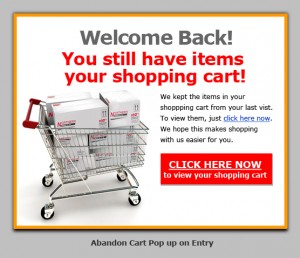 A rockstar blogger asks: “Amy, I am considering starting an e-mail newsletter and I have a few questions. Such as, how long should it be; how frequently should I publish it; and how long will it take to see results (i.e., interest from potential training/consulting clients?) Thanks!”
A rockstar blogger asks: “Amy, I am considering starting an e-mail newsletter and I have a few questions. Such as, how long should it be; how frequently should I publish it; and how long will it take to see results (i.e., interest from potential training/consulting clients?) Thanks!” Should I start an e-mail newsletter?
 A rockstar blogger asks: “Amy, I am considering starting an e-mail newsletter and I have a few questions. Such as, how long should it be; how frequently should I publish it; and how long will it take to see results (i.e., interest from potential training/consulting clients?) Thanks!”
A rockstar blogger asks: “Amy, I am considering starting an e-mail newsletter and I have a few questions. Such as, how long should it be; how frequently should I publish it; and how long will it take to see results (i.e., interest from potential training/consulting clients?) Thanks!” 








